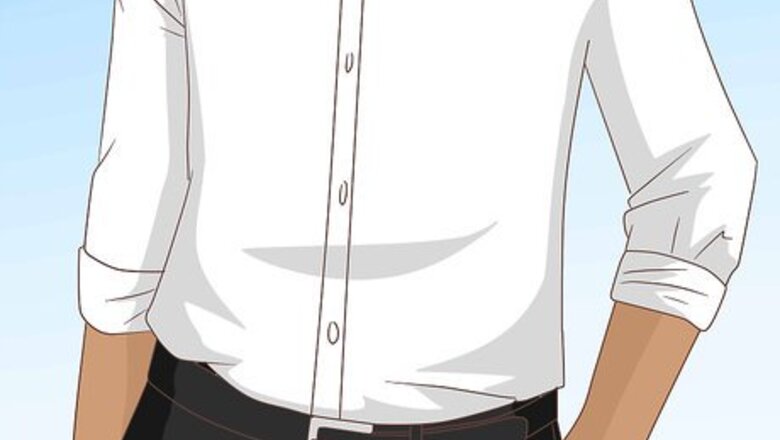
views
- Untuck your shirt or roll up your cuffs for a more casual look. Or, layer a sweater over your shirt to accessorize your top.
- Wear patterned socks to bring some flair to your feet. Also, add custom buttons or embroidery to your shirts and pants to add a personal touch.
- Have your uniform tailored to your body to make it look more fitting and sleek than when you bought it off the rack.
Clothing
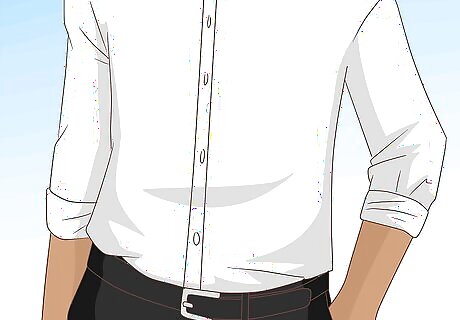
Decide how to wear your shirt. You may not have much choice on what shirt to wear, but there are a few decisions you can make: If your school allows it, leaving your shirt untucked can be more comfortable and casual. If your school requires tucked shirts, pulling it up to leave a little loose fabric can stand out. (This trick is usually used for boys' uniforms.) Try cuffing your sleeves to stand out a little. Consider undoing the top buttons of a polo shirt. Check the dress code first; many schools have strict regulations for girls.
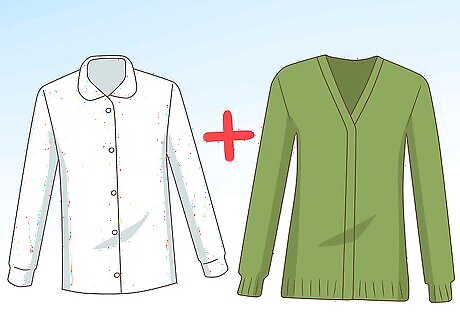
Add another top. Most schools allow a dress shirt or camisole underneath your school uniform. This adds class and may allow you to undo the top buttons of your uniform for style and comfort. If you prefer a more covered look, buy a uniform sweater (cardigan) instead. If your school doesn't have uniform sweaters, check the dress code to see what tops you can wear. If you only need to stick to a color scheme, you can find a sweater with flashy buttons, macrame, lace, or other decorations.
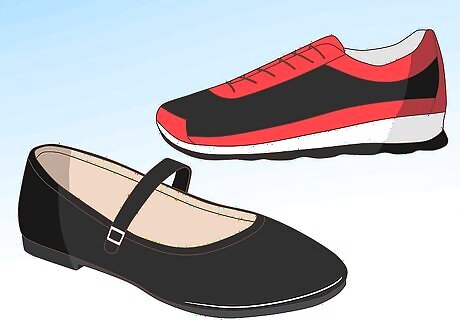
Choose your shoes. Shoes are often the least regulated item, but check your school's dress code before you shop. Even if you are required to wear black or white shoes, there are many different styles to choose from. Pick something that suits your style: Flats look classy. Chunky loafers are cool but still classic. Calf-high boots are exciting. Athletic shoes are comfortable and handy to have on gym days. High heels may be too impractical for school.
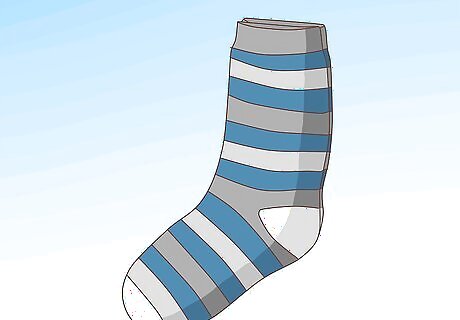
Wear patterned socks. Socks are another loophole in many dress codes. You still might get called out if you go too over-the-top, but a neutral pattern or dark shade can add some variety.
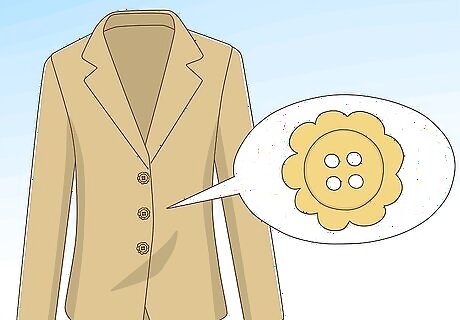
Decorate your clothing. You'll usually have to be subtle about altering the clothes themselves. If any of these are allowed at your school, though, they can supply fantastic customization: Replacing buttons with new buttons the same color, but a different shape Iron-on patches Embroidered designs
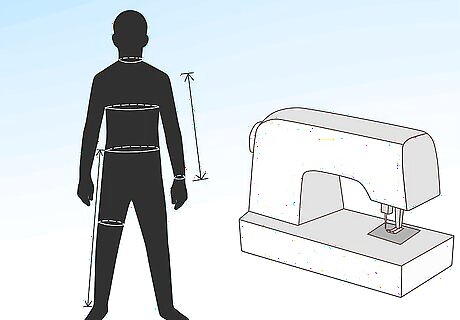
Have your uniform custom fit. If you're working with a very strict dress code, this may be one of your only options. Take the uniform to a tailor and pay to have it altered. Here are a few ideas: Bring in the waist or sleeves. If you are proud of your waist or your muscular arms, have the garment narrowed slightly in those areas. Loosen the shirt or skirt. This is most helpful if the uniform is uncomfortably tight, but it can be a fashion statement as well. Hem the skirt. Take care not to bring the skirt higher than the dress code allows. Just fold it over a little bit to create a neater edge.
Accessories and Extras
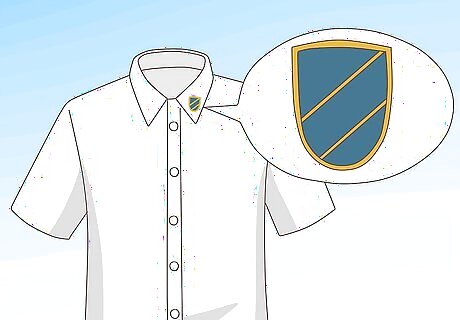
Add accessories to your clothing. Students in uniform love to add personality using badges, stickers, and ribbons. These usually go on the collar, sweater (cardigan), or book bag.
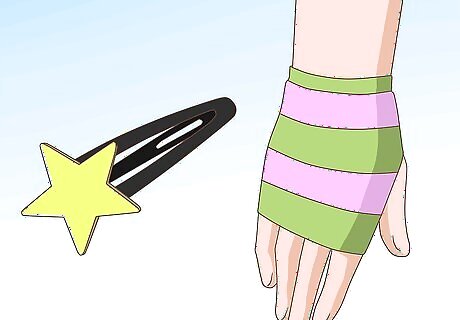
Wear personal accessories. Your school probably has guidelines for these, but there's usually a lot of wiggle room. Here are a few ideas: A decorative belt or belt buckle A hair clip, headband, or bow A watch One or two small, unobtrusive pieces of jewelry Tie or bow tie (if not already part of the uniform) A scarf, hat, or gloves
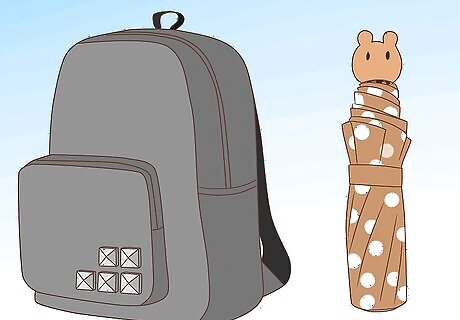
Pick your gear. If you can, pick your own bags, backpacks, lunch boxes, and any other gear you bring to school. Even an umbrella can be part of your fashion statement.
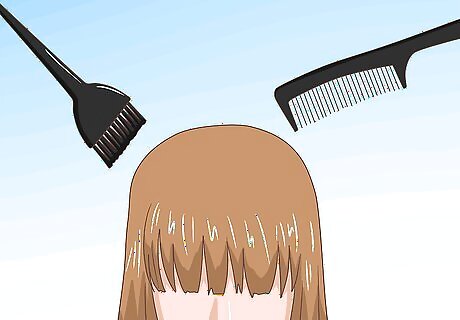
Try new hairstyles. Even the strictest school allows for some variation in hair styles, at least for girls. At most schools, students of any sex can experiment with hairstyles. For any hair long enough to part, try out different parting styles. For long hair, try the many types of braids. If your school allows hair dye, consider highlights.
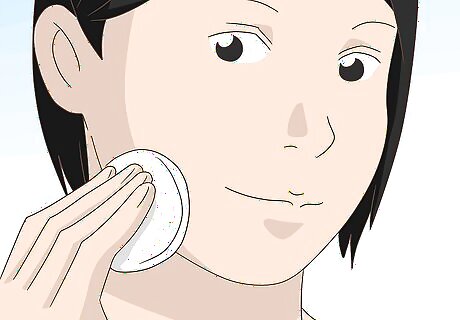
Keep makeup simple. If makeup is allowed at all, subtlety is usually required. The following is usually appropriate, but check the dress code first. These are roughly arranged from least noticeable to most, so you can decide how far to go: Light foundation, concealer, or tinted moisturizer. Thin application of mascara Eyebrow pencil, used only to dot in gaps Clear nail polish Light shades of blush "Nude" or light shades of lip gloss or lipstick












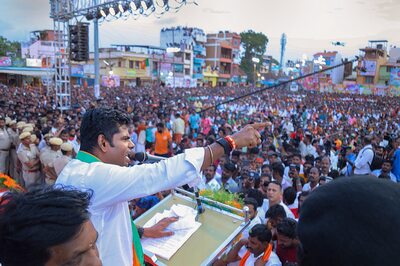


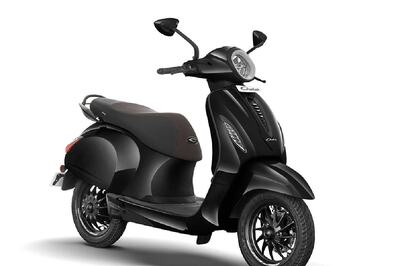

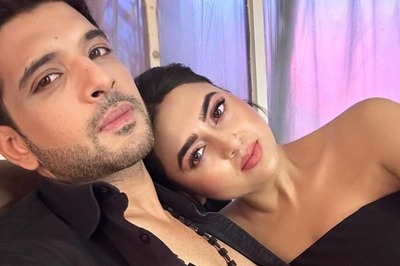
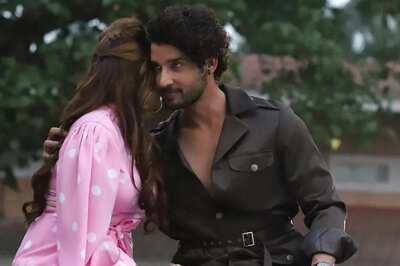
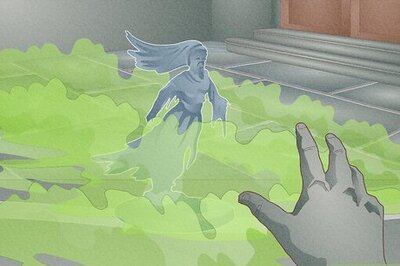
Comments
0 comment